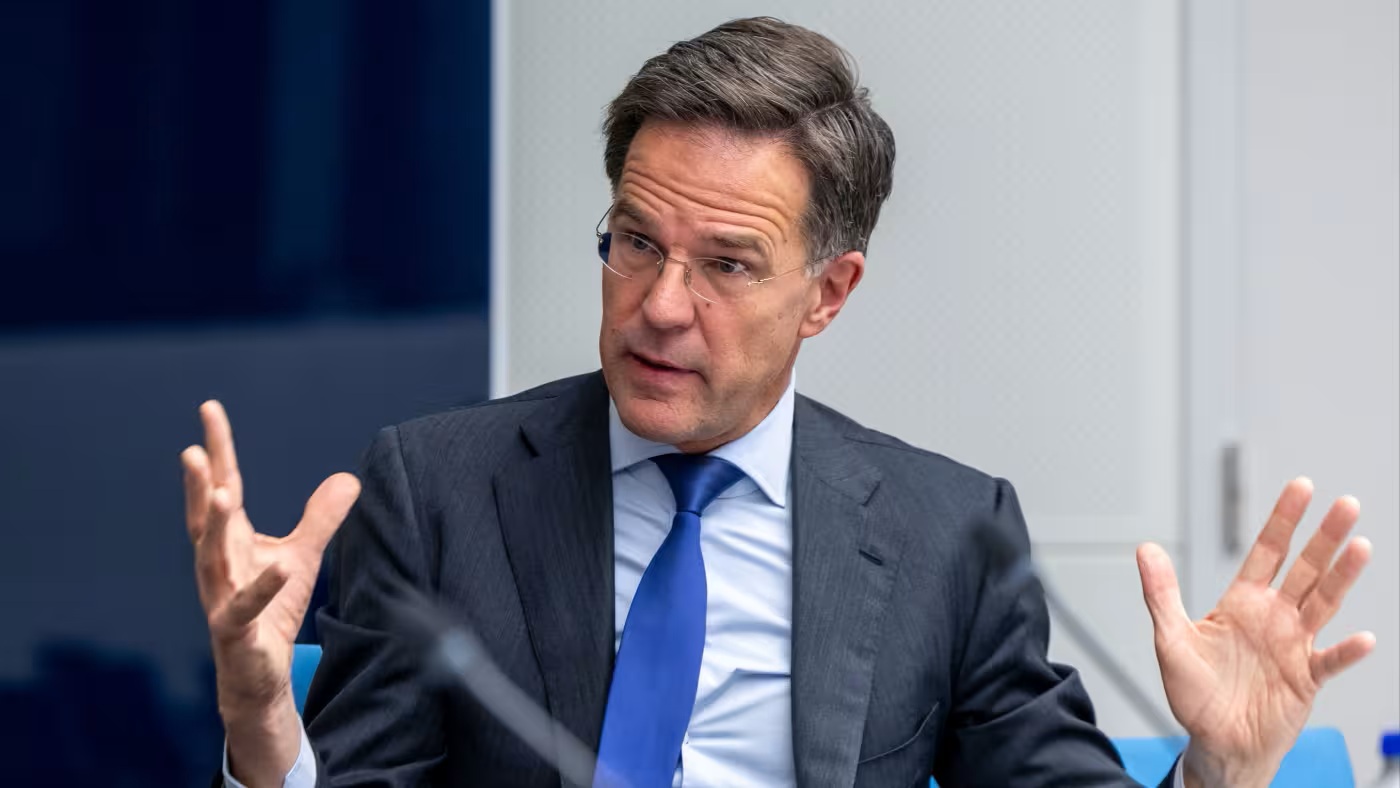
Small organisations or teams work best because they have communication advantages. They easily out-perform larger teams or groups, because the team members know each other well, understand each other's needs, and, most importantly, respond smoothly to communication.
By Emile Fakhoury
Metcalfe’s law (1980) states that a network's effect is proportional to the square of the number of connected devices. A network's value increases exponentially with size. The more people use it, the more their participation enhances it. This exponential growth is great, especially in digital networks.

But what happens with networks of people? As more people try to communicate with each other, the number of interactions increases immensely.
Our brain can't handle this. The mind's structure can't handle very large numbers of relationships. Brain scientists say there are approximately five people with whom we can have tight relationships and 15 with whom we can have slightly less intense relationships.
An example may be football teams, where there are rarely teams bigger than 15 people. With the increasing transaction costs due to communicating, coordinating, and contracting, the need arises to re-invent hierarchies, such as creating small, focused groups able to act and react independently.
This will not only reduce the organization's costs for hiring managers or coordinators but also reduce stress and bureaucracy. Most importantly, it will advance the organisation toward competition as it becomes lean and efficient.
In my experience, the ideal number for these focused groups should be around 5 team members. One person could effectively manage Such a focused group without incurring a communication overload.
The selection of team members must be diverse to enable innovation and smooth communication. Team members should be able to add value to the team, not replicable efforts, and check on each other's work.
The project handled by the focused group will progress efficiently.
Meetings often take less time and are easier to plan as they involve fewer individual schedules. Because small teams communicate regularly, they may also have fewer disagreements. Working quickly and effectively often results in a positive project outcome.
Large teams excel at solving problems, but small teams are more likely to devise new problems for their larger counterparts to solve. Large teams develop, but small teams disrupt.
Working with large teams is like swimming in the ocean. Your minuscule effort is added to the large team's efforts to produce a large project. For a small team, your efforts are noticeable, and you are visible.
I have worked at large and small organisations and understand the differences. I think the best solution is to leverage both structures. Large organisations should allow and create small independent teams from within and provide them with control to allow the small team to excel.

Jeff Bezos famously said, “If you can’t feed a team with two pizzas, it’s too large.”
We need more significant, interdisciplinary business teams to solve increasingly complex global problems. Still, smaller ventures and the teams housed within them are critical for searching through novel possibilities and identifying next year’s transformative innovations.
The bottom line is that bigger is not always better. Figuring out the right team size for the job may be the first question tomorrow’s leaders must answer to unlock their organisations' potential.
Furthermore, and in more advanced thinking, as the team matures and connects with trust, this focused group will never need a manager and members to communicate and coordinate. This will occur naturally as the organisation matures and trusts with less politics to connect its team members.
You can observe the nature around us. Ants work diligently and efficiently without a manager telling them where to go, what to do, and how to manage risks.
This is the optimum solution that small teams lead to organisational success!







This article offers a compelling argument for the effectiveness of small teams in today's complex business environment. Your insightful analysis of Metcalfe's Law and its implications for human interaction is spot on. The practical advice on team composition and size is invaluable for organizations seeking to optimize performance and innovation. Thank you Emile
Thank you Grace for your ellaborative reply, glad to receive your kind feedback!